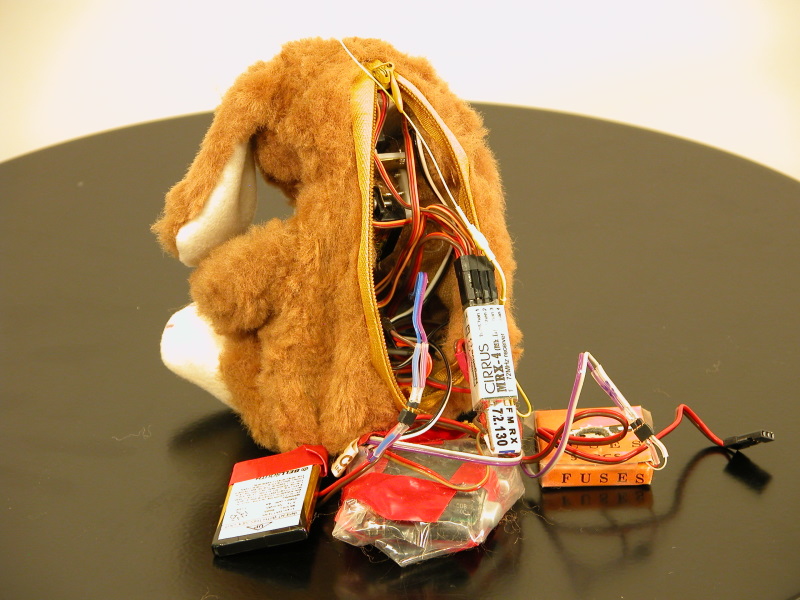The NYT gives a list of digital electronics between adult technology and children's play:
Fisher-Price, synonymous with Elmo and Power Wheels, will introduce a digital music player and digital camera for children ages 3 and older that will be sold during the 2006 holiday season.
Tek Nek Toys will show off a small digital music player with built-in speakers and flashing lights, called CoolP3 Fusion, for children 4 and up. Emerson Radio will introduce a SpongeBob SquarePants speaker system for MP3 players and SpongeBob SquarePants digital camera.
In perhaps the most extreme example of the trend, a company called Baby Einstein will introduce a baby rocker with an MP3 adapter and speakers.
(...)
No wonder, perhaps, that last year Hasbro introduced a digital video camera for children ages 8 and older and Disney introduced an MP3 player for children as young as 6.
Executives at Fisher-Price, a division of Mattel, said the company's MP3 player and digital camera, both priced at $70, are specifically designed for young children, with a rugged design that can survive repeated four-foot drops and big easy-to-use buttons that simplify the technology.
The Kid-Tough Digital Camera, for example, has two view finders — much like a pair of binoculars — rather the single window found on the adult version; two large handles to steady it before shooting a picture; and a two-step process for deleting unwanted pictures verses the four- or five-step version on a typical camera.
That's what happen when toy companies marketed digital electronics to "tweens". The article describes how toy designers took kids' skills into account as well as the need for a ... hum.. "contextual help":
Because not all preschoolers can read a song title before hitting the play button, the Digital Song and Story Player relies on easily recognizable icons to symbolize each song, like a star for "Twinkle, Twinkle Little Star" or a barn for "Old McDonald."
Both products take a minimalist approach. The digital camera has only five buttons. "We analyzed what kids did with these products and what appealed to them and threw out what they didn't need," said David Ciganko, vice president for product design at Fisher-Price.
(...)
With both technologies, however, it is mommy and daddy who will have to do some of the accomplishing. A parent's help is required to download new songs on the digital music player and upload photos to a computer before printin
Finally, it describes one of the most important concerns:
Marianne Szymanski, creator of Toy Tips, a research firm based in Milwaukee, said that for the most part digital electronics promote a solitary pattern of play, for example, a child sitting alone listening to music on headphones.
"I am not saying tech is bad, but we need toys that encourage social interaction in the preschool years, not those that don't," she said.
Why do I blog this? It's interesting to see this trend of having more and more adult features in toys. Now I think the next step is to introduce more interaction on top of those interactive toys, just as it happened on the web with social software. The next big thing is definitely social software for kids (expanding the idea of myspace, cyworld...), like having some object-centered social software to share your neopets, your game scors, habbo hotel design...

 (Picture is: the My Beating Heart project and a Needie, courtesy of Metropolis Mag.)
(Picture is: the My Beating Heart project and a Needie, courtesy of Metropolis Mag.)

 A japanese media artist, building electronic/physical instruments (and designing games such as
A japanese media artist, building electronic/physical instruments (and designing games such as 


